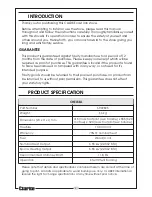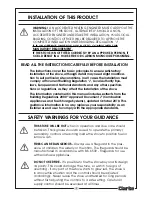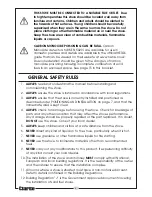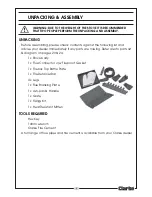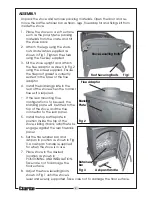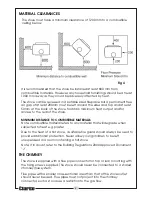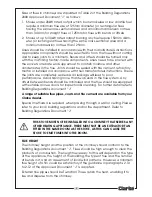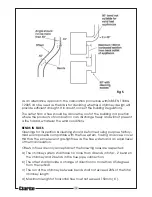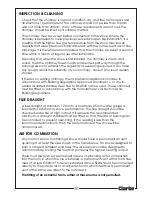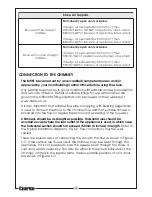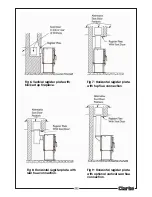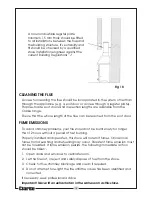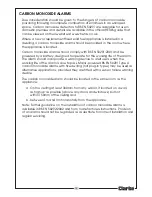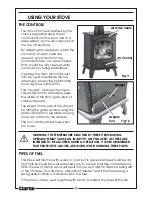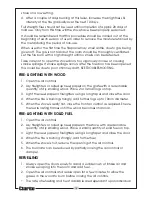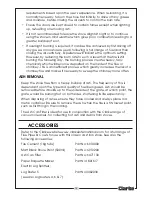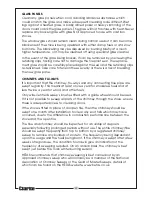
7
POSITIONING AND INSTALLATION
In England and Wales, there are only two routes to legally install a domestic
solid fuel or wood burning appliance. In other parts of the UK there are
variations in legislation and processes.
You can either:
• Use a registered installer who can self certify that the work he does
complies with the relevant Building Regulations; or
• The consumer applies to their local authority building control
department for a building notice, and pays the appropriate fee.
It is generally worthwhile to use a HETAS registered installer who will supply a
Certificate of Compliance as a record of the job and that it complies with
Building Regulations. A copy of the certificate is forwarded to HETAS who
notify the local authority on your behalf.
Failure to notify the work through the registration scheme (in this case HETAS)
or directly to the local authority can lead to enforcement. It can also cause
problems for future house sales if there is no official record of a compliant
installation. All local regulations, including those referring to National and
European Standards need to be complied with when installing this appliance.
For specific guidance when cast iron stoves are being installed in boats or in
homes with thatched roofs, please refer to the SOLIFTEC website at:
www.soliftec.com/installation.htm
SUPPORTING FLOORS
The stove must only be installed on floors with an adequate load bearing
capacity and if the existing construction is not suitable, additional measures
such as a load distributing plate must be provided.
The hearth should be able to accommodate the weight of the stove and its
chimney if the chimney is not independantly supported. Stoves should stand
wholly above hearths made of non-combustible board/sheet material or tiles
at least 12mm thick, if the stove is not to stand in a recess and has been
tested to an applicable standard to verify that it cannot cause the
temperature of the upper surface of the hearth to exceed 100°C.
Constructional hearths should be made of solid, non-combustable material
such as concrete or masonry, at least 125mm thick, including the thickness of
any non-combustible floor and/or decorative surface.
Specific guideance for surfaces on which the stove may be allowed to stand
is given in approved document J and must be followed.
When the stove is positioned near a wall constructed of flammable material,
the distances shown on Fig 4 must be adhered to. Alternatively, a heat shield
may be used, mounted according to the position of the fireplace. A firewall
must be at least 100 mm thick & typically made of brick, or concrete/stone.


